When you’ve been making your art for a while and have a few little habits and favourite approaches under your belt, it can be easy to slip into patterns of doing, well, what’s easy.
There’s nothing inherently wrong with this of course, and god knows most of us spend a great deal of time looking for ease, flow and a recognizable style in our work!
There’s a difference, however, between being in your groove, and doing the same thing over and over because you don’t know what else to do, or where to take it next, or how to develop it.
For me, there are certain signs and symptoms that show up when it’s time to push my artistic and creative boundaries.
- There’ll be a dullness around what I’m currently making; it can feel like going through the motions a bit, in spite of the satisfaction of knowing I know how to do this {whatever ‘this’ is} and do it effectively.
- The dullness will eventually tip over into boredom; what was fun because it was easy now feels like there’s no challenge, nothing to push against
- Starting to feel antsy; nothing satisfies, I don’t feel like doing what I usually do but don’t know what I DO want to do. I try this and that, but nothing seems to stick or feel quite right.
So what do you do when this happens?
How do you not just take the next step in your art, but actually find out what and where it is?
Here are four things that help me, so perhaps they will help you too.
You might want to try them all, mix and match, or just go with one. There’s no specific way to do this, just use your finely tuned intuitive skillz and be alert for sparks. 🙂
1. Try something completely new and…
…weave it into your current way of working
While in Mexico, I had the opportunity to try out encaustic art, something I’ve been wanting to do for years.
I loved the process driven nature of it. I loved learning new ways to build layers. I loved the idea of embedding and translucency.
These are all things I’ve been doing for years, but this was a new way of doing it, and invited new patterns of thought and understanding as to how encaustic, or what it taught me, might inform my art going forward.
I haven’t yet bought encaustic supplies {although I got a few for Christmas}, but I’m planning to invest in a few things at some point, now that I see how wax can be incorporated with the way I most love to work.
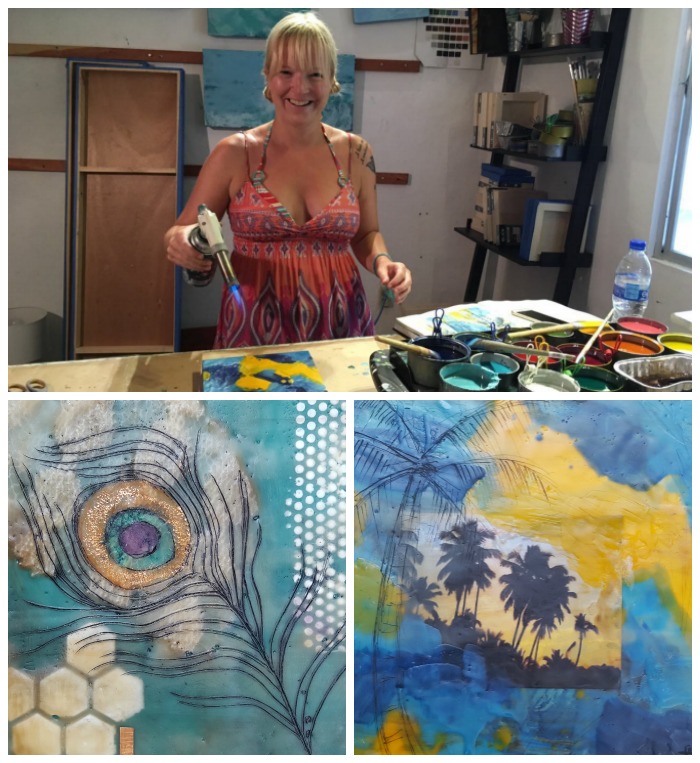
Push your own boundaries as an artist – trying new-to-me colours and approaches {bottom left}, as well as seeing how my ‘usual’ colours and style translates to encaustic {bottom right}.
Try it yourself:
Is there something creative you’ve been wanting to try for ages but haven’t because it’s not what you usually do, or seems frivolous, or some other word you’ve been using to justify not doing it?
The very fact that something you’re curious about seems to have nothing to do with what you ‘usually’ do is a key sign that it’s a good idea if you’re looking to expand.
Find a workshop or class, online or off, and try it just once.
One off workshops can be an affordable way to try something without investing in all the materials before knowing if you really love it or just needed to have a go to rule it out as a longer term prospect.
Do it for research purposes, and ask yourself as you do it what implications it could have for your current work, or style, or way of working. Allow it to inform you and help you grow as an artist.
2. Cross pollinate
Find inspiration in other media and challenge yourself to translate it to your own.
When I discovered Cindy Zell‘s work something in me became a little bit obsessed.
She achieves a feminine minimalist aesthetic I dream of but never seem to be quite able to produce myself. I wanted to experience what making something like that might feel like but in my own medium, so I tried out a sketch version of one of her rope ‘sculptures’ using charcoal, Inktense blocks and gesso.
It pushed my invisible boundaries of how something might be done to achieve a certain effect; it showed me how hard it is to be truly minimalist but still strong; and although my efforts don’t quite hit the spot for me, it was so worth it for the nuances and understandings I gained along the way.

Push your own boundaries as an artist – The work of Cindy Zell translated into my usual media. {See cindyzell.com or wknd.la for more of her graceful and delightful work.}
Try it yourself:
Try taking the work of someone who inspires you in a very different medium from yours, and seeing how it might translate to your own; it brings in a new element of creative problem solving that gently pushes you further than you might ordinarily have gone.
3. Uplevel your current skills
Take a class, a local workshop, or an online course in your current main interest but in a new way.
Say you’ve been doing watercolour flowers; consider a class in landscape, or drawing with ink on watercolour, as a way of expanding your understanding of the medium.
Or sidestep into gouache, which is similar, but still different, to see how it changes the way you paint.
If you usually use acrylics, take a mixed media course or workshop, or one where you can use what you already know how to do but in a new way.
{I’ll be doing this later this month on a mixed media abstract landscape painting course in Cornwall.}
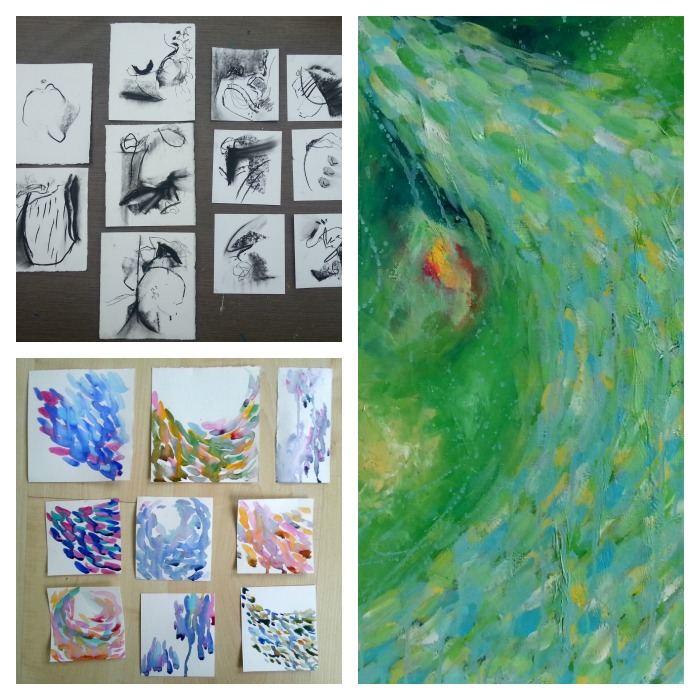
Push your own boundaries as an artist – During an abstract painting course I took two years ago {that used materials I already loved and used regularly – charcoal and acrylics} I not only started to get a feel for abstract; it also resulted in several paintings that I understood to be about the movement of energy, something that has always fascinated me but that I hadn’t known how to express.
Try it yourself:
Googling workshops in the topic of your choice in your local area can throw up some surprising options. Consider checking the websites of your favourite local artists as they often run courses or workshops in their chosen medium.
4. Work from a baseline
Below are some words from a post I wrote after Express It Month, a month long challenge I ran in March of this year as an exploration into making art that directly expressed feelings.
“I learned that daily expression in this way created a kind of foundation, so that I wasn’t reinventing the wheel every time I went in to paint. I developed a certain approach that enables me to create a similar ground or base painting, which works well as is {sometimes!} or can be used to push my own boundaries.”
Developing a way to make a certain kind of painting creates a platform or baseline; once you’ve done it enough times it becomes less interesting, but that gives way to an opportunity to push it beyond what you might have otherwise done.
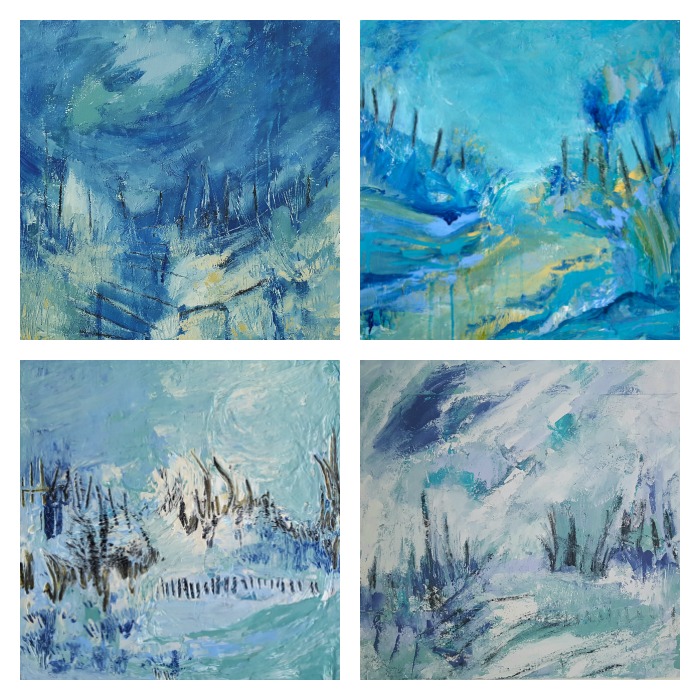
Push your own boundaries as an artist – I made so many of these beachy landscapes at the beginning of 2016, they became a baseline for the abstracts I started making later in the year
Try it yourself:
Is there something you tend to return to when you don’t feel particularly energised or inspired to try something new? Something that comes easily, that you know the steps or parts to like a dance?
Instead of writing it off because it’s easy, try using it as a platform and push it a little {or a lot!} further! What can you introduce to take it in a new direction?
Over to you
I hope there are one or two ideas here to spark you.
There are times for luxuriating in mastering something, and times for boldly stepping out into new territory.
That then becomes a new passion, or can be woven into what you currently love.
What do you do when it’s time to grow? Tell me in the comments!
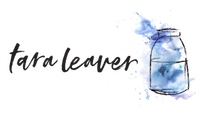
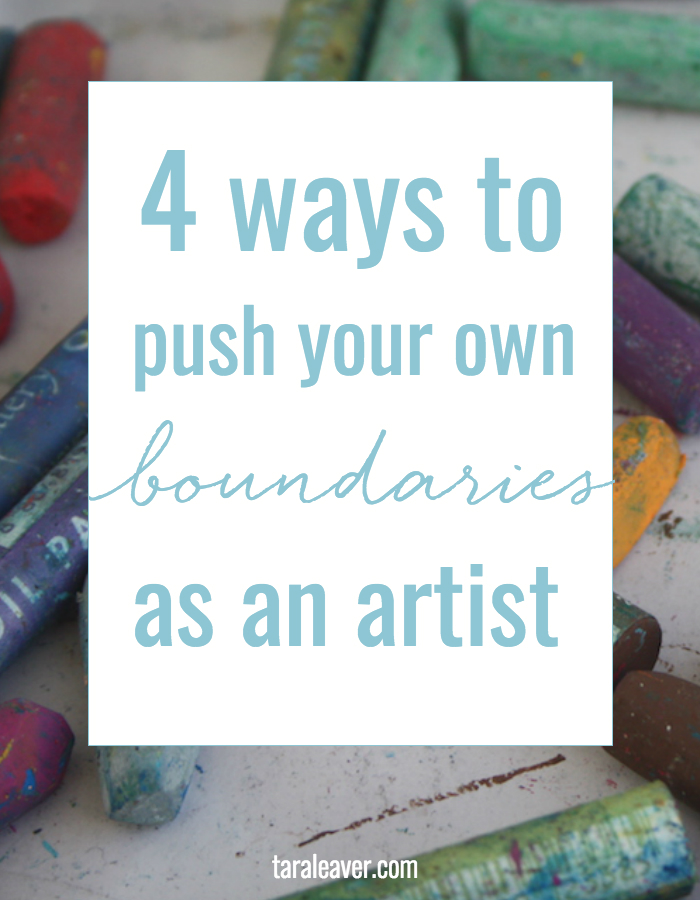
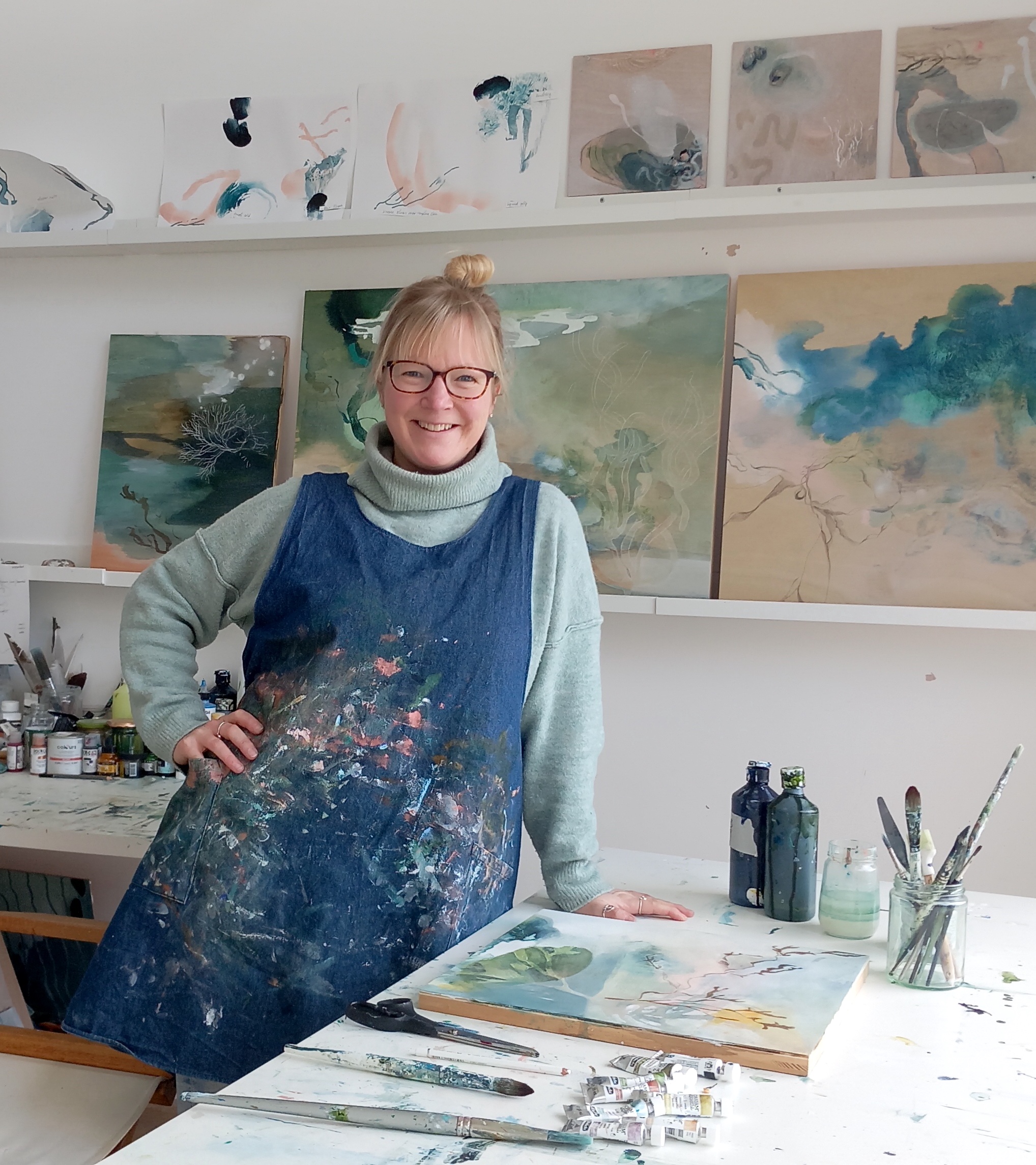
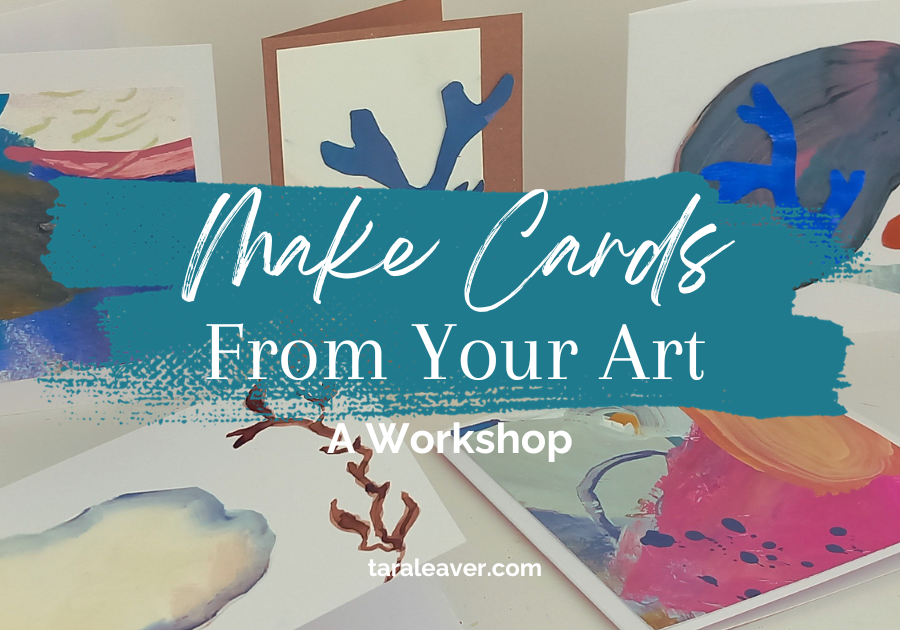
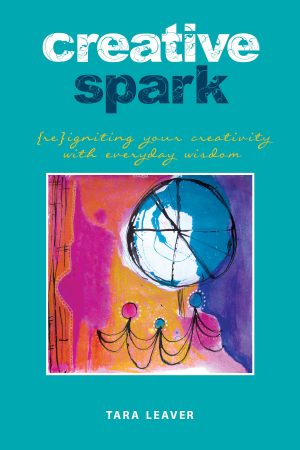
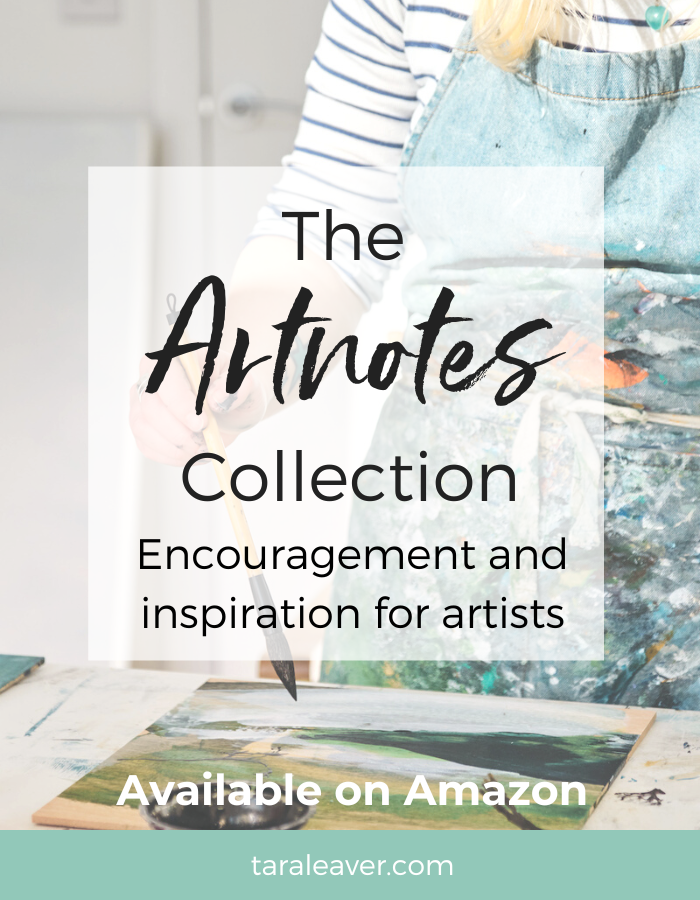
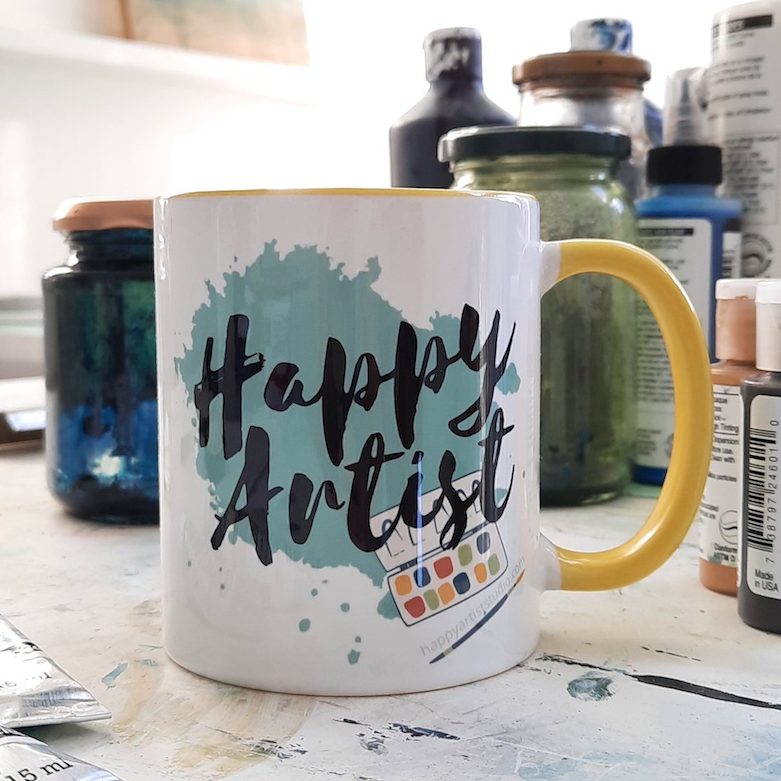

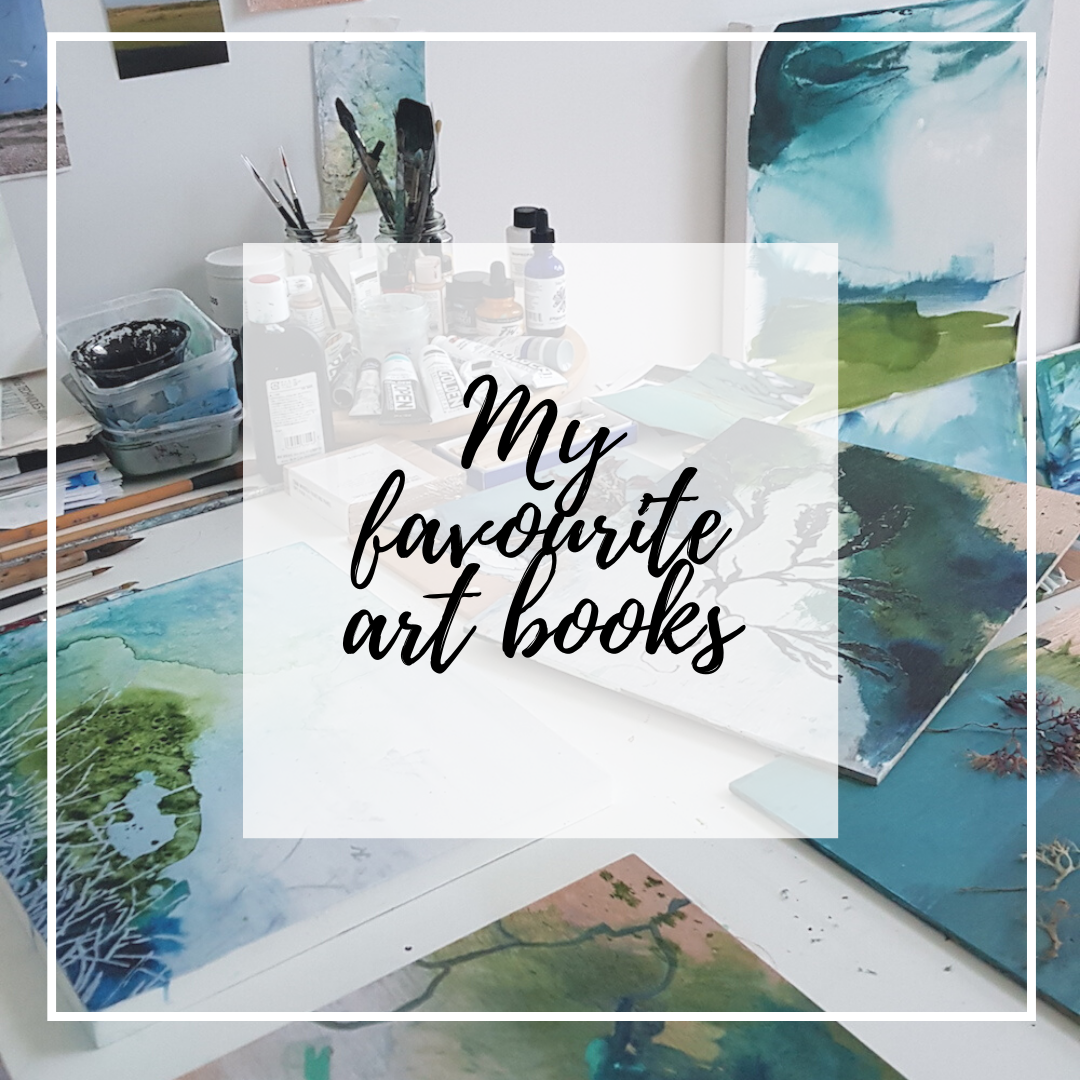
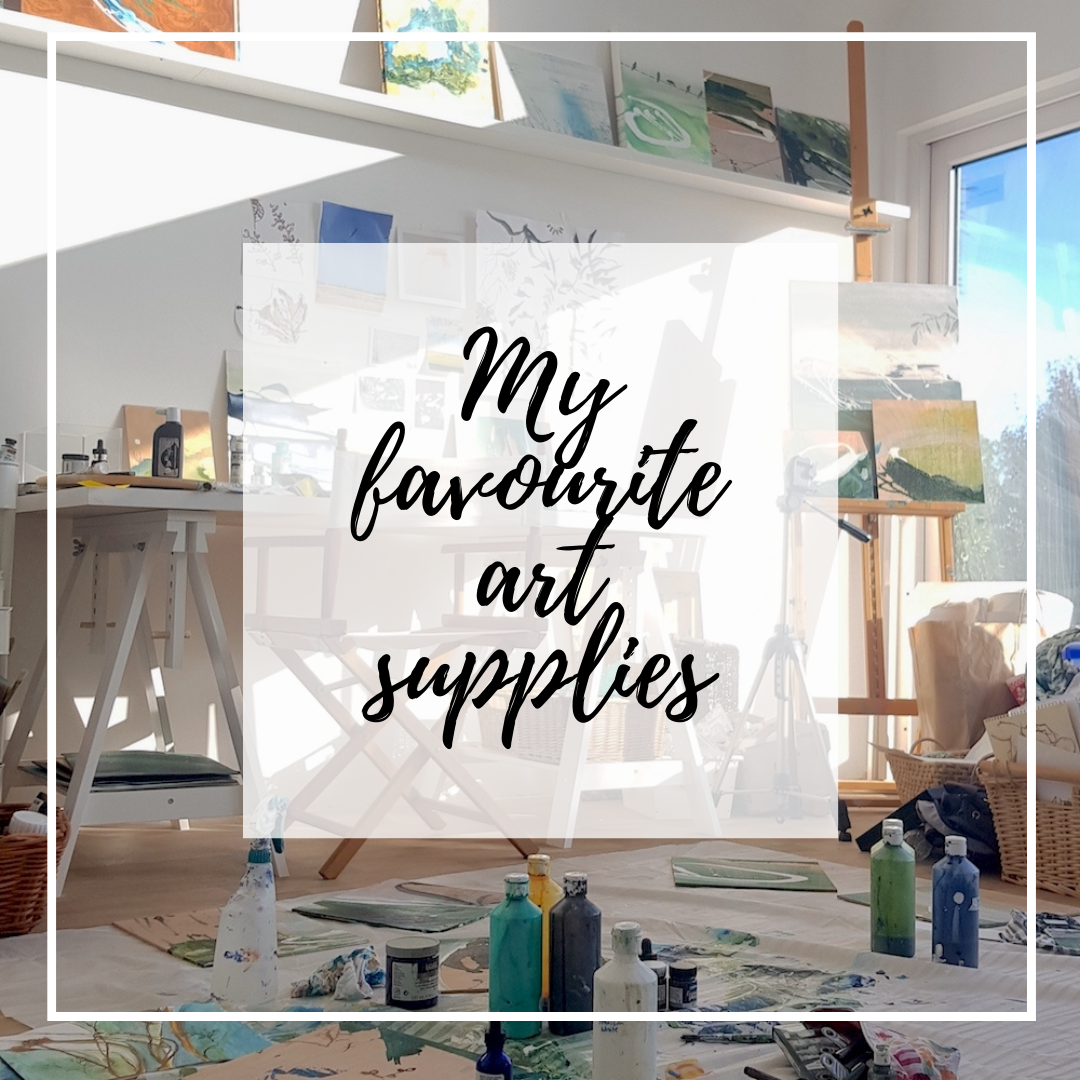
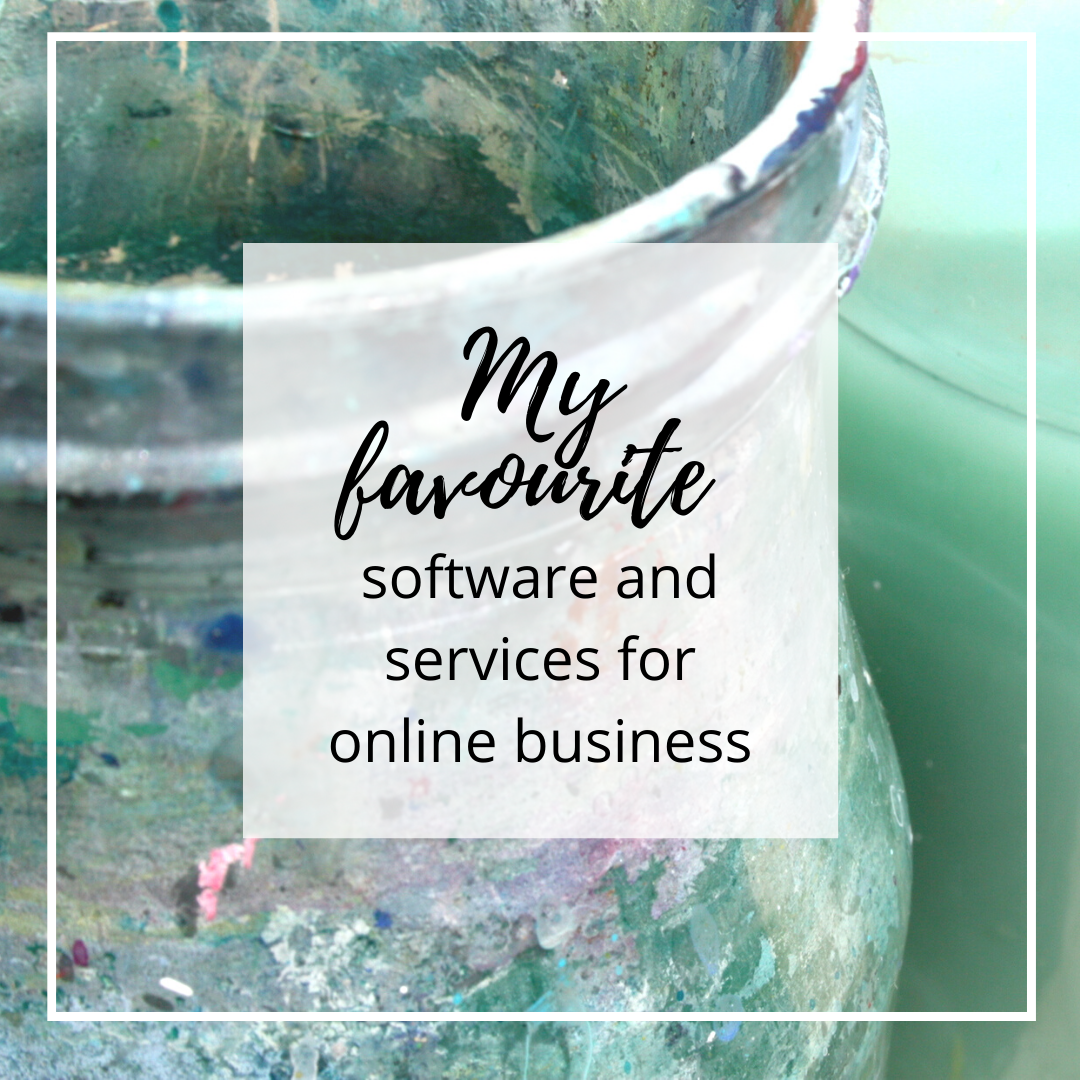
I love the idea of reinterpreting someone else’s work in a different medium. I’m totally gonna hit up Instagram for some inspiration!
Nice! Would love to know if you try something!
Found you by accident Tara. Am British and based in the USA where I run my art gallery on the island of Chincoteague. Thanks for great ideas here. I miss home so much, and hope to get back when restrictions are lifted soon I hope.
Many thanks 🙂
Glad you found something you enjoyed here Daniel! And hope you can get home very soon.